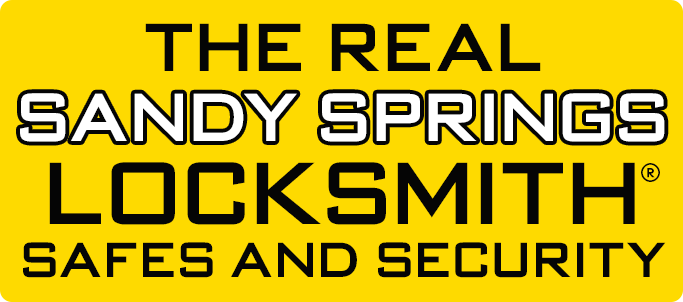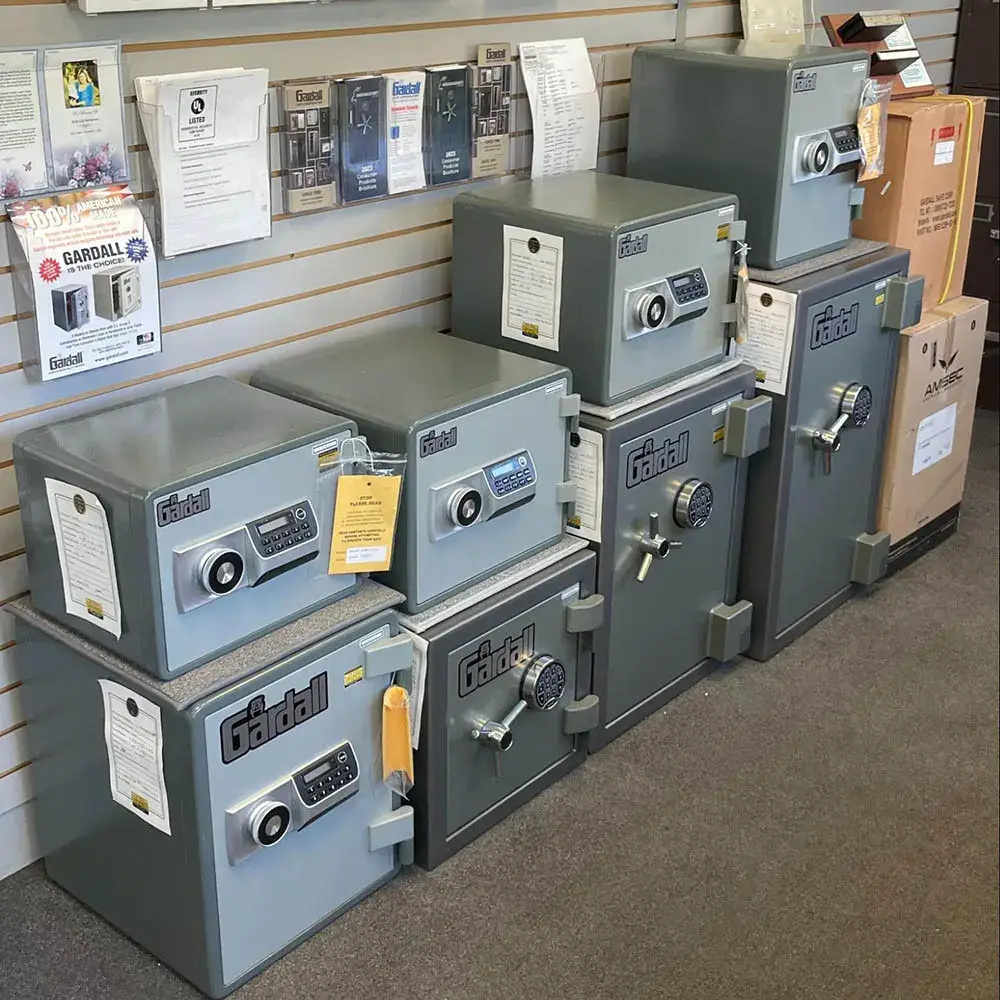Safe fire ratings, often referred to as fire resistance ratings, are classifications that indicate how well a material, structure, or safe can withstand exposure to fire without failing or being compromised. These ratings are important for protecting valuables, ensuring safety, and meeting fire safety regulations. Here’s a breakdown of safe fire ratings:
- What Fire Ratings Measure
Fire ratings assess:
- Duration: The time a safe or material can resist high temperatures.
- Temperature Resistance: The maximum internal temperature a safe can withstand while keeping its contents safe.
- Fire Exposure Standards: Conditions under which the safe is tested, such as direct flame exposure, sustained heat, or simulated real-world fire conditions.
- Common Fire Ratings for Safes
- 30 Minutes Fire Rated: Protects contents for 30 minutes at temperatures up to 1,200°F (649°C). Suitable for basic protection.
- 1-Hour Fire Rated: Withstands 1,700°F (927°C) for an hour, offering better protection for documents, electronics, and valuables.
- 2-Hour Fire Rated: Provides protection for up to two hours in extremely high temperatures. Ideal for sensitive materials like data storage or irreplaceable items.
- Factors Tested in Safe Fire Ratings
- Internal Temperature: To protect paper, internal temperatures must stay below 350°F (177°C), as paper ignites at 451°F (233°C). Electronics and data media require internal temperatures below 125°F (52°C) and 80% humidity.
- Structural Integrity: Safes are tested for their ability to maintain a secure enclosure during and after a fire.
- Drop Test: Simulates how a safe performs if it falls through floors during a fire. It ensures the safe remains intact after impact.
- Testing Standards
Several organizations provide standardized testing:
- UL (Underwriters Laboratories): UL fire-rated safes are rigorously tested and highly reliable. For example:
- UL 350: Keeps contents below 350°F.
- UL 125: For protecting data media like USBs and hard drives.
- ETL (Electrical Testing Laboratories): Offers independent fire testing certification similar to UL.
- NFPA (National Fire Protection Association): Sets fire safety standards but does not certify safes directly.
- Choosing the Right Safe
- Paper Documents: Look for a fire rating of at least 1 hour at 350°F or lower.
- Electronics/Data Media: Opt for safes with a UL 125 or ETL rating to protect against heat and humidity.
- Duration of Protection: Consider how long a typical fire might last in your area or building type and choose a rating accordingly.
- Limitations of Fire Ratings
- Fire ratings don’t indicate burglary resistance. A fireproof safe may not withstand physical attacks unless it’s also burglary-rated.
- Ratings are based on controlled testing and might not perfectly mimic real-world fire conditions.


